Red Cabomba
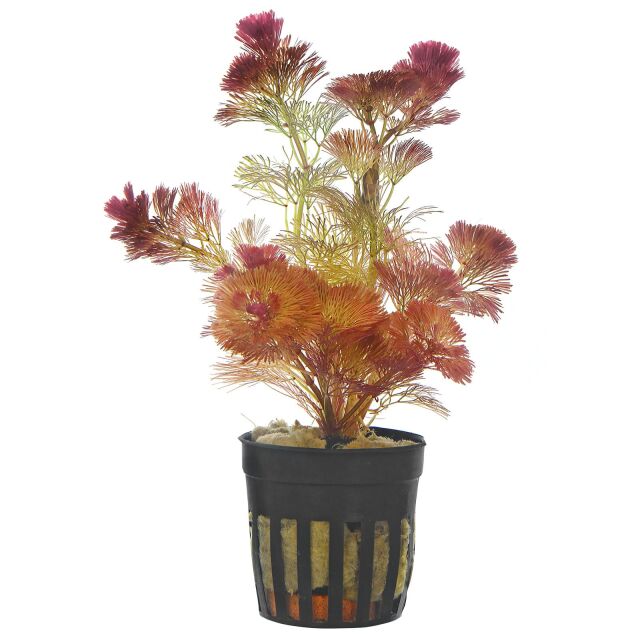
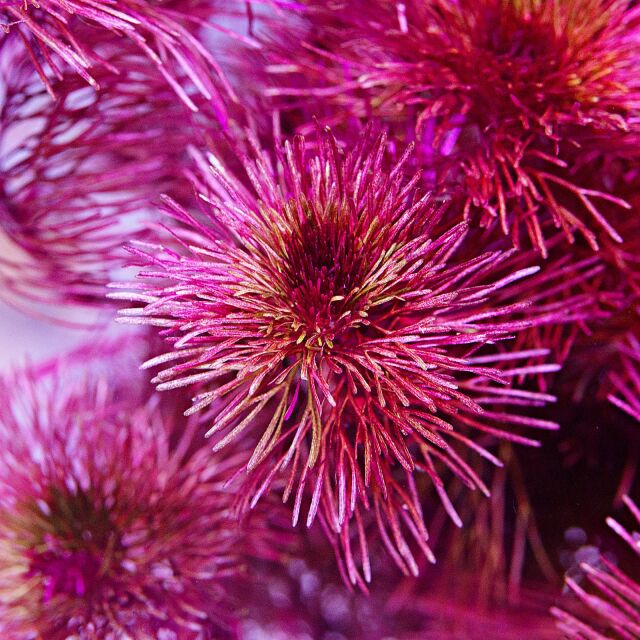
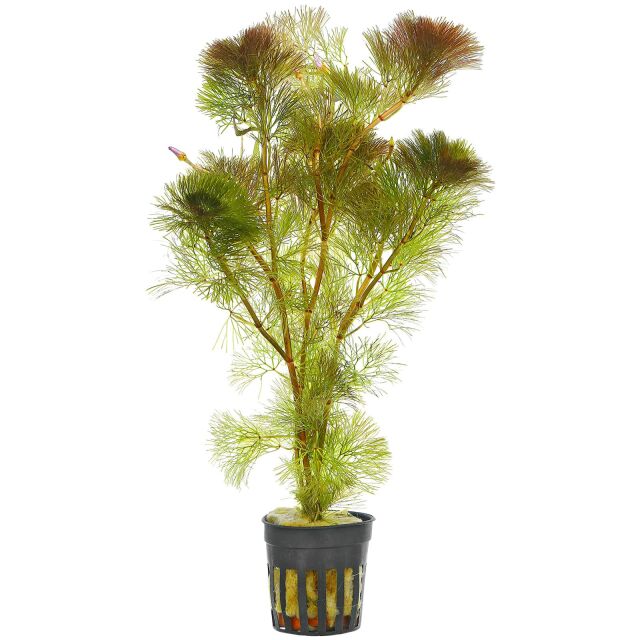


Cabomba furcata ("piauhyensis")
Red Cabomba
- Gorgeous stem plant from tropical America
- Brown red to wine red tones
- Fine-leaved
Sign in or Register
When supplied as a potted plant and/or bunch, it is very important that it is not planted in direct company of invertebrates. The plant should be watered for at least a week - with regular water changes - before introducing it into your aquarium. The plant nurseries commonly use raw material from Asia for these variants. When planted into an existing ecosystem, it is possible that invertebrates could be harmed. There should be no issues with a new set-up - but regular water changes are advised as well.
Item question
We’re here for you!
Please enter your question and e-mail and we’ll contact you as soon as possible. It usually takes us up to 24 hours during business days to respond.
Thank you for your question!
Thank you, we’ll get in touch!
Close window
You already sent us a question.
Please wait a few minutes
Description
The Red Cabomba is a gorgeous fine-leaved stem plant from tropical Central and South America. Its natural habitats are soft, calm to slowly flowing waters. Cabomba furcata is also known as Cabomba piauhyensis. Its fan-shaped submerged leaves have fine segments, varying in coloration from olive green, intense brown-red to wine-red, the latter under intense lighting. The stems may reach a length of 40-100 cm. When the shoots reach the water surface, narrow shield-shaped floating leaves and violet flowers may appear. New shoots appear at the base of older stems.
In contrast to the winter-hardy Carolina fanwort Cabomba caroliniana, an invasive species in Europe, the tropical Cabomba furcata is still allowed to be traded in the European Union. For all kinds of aquarium plants, it must be ensured that they do not enter waters and sewage systems. Dispose aquarium plants via the household waste only.
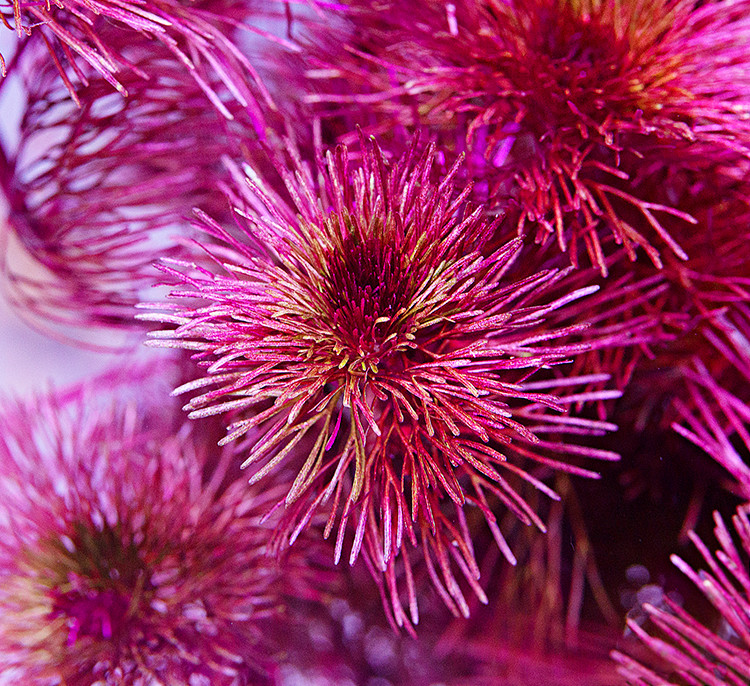
Submersed leaf form of Cabomba furcata
Cabomba furcata is certainly the fanwort species with the most attractive colours but also the most demanding one. Strong lighting, soft water and CO2 addition are important, as well as complete macro and micronutrient supply. Also a nutrient-rich substrate is beneficial. The optimum temperatures are quite high with 24 to 30 °C. The Red Cabomba can be propagated by cuttings, it also develops new shoots at the basis of older stems, as mentioned above.
This beautifully coloured Cabomba looks best in larger aquariums, as a group in the background to midground. It contrasts well with light green plants. In open tanks, also its floating leaves and purple flowers offer an interesting sight; they may develop when the stems are allowed to grow along the surface.
General information
| Item no. |
|
| EAN | |
| Weight | 0,14 kg |
| Shipping weight | 0,20 kg |
Customers ask customers
You have questions about this product? Ask other customer or our support team about this product!
Customer reviews
2 Reviews
| 5 Stars(1) |
|
| 4 Stars(0) |
|
| 3 Stars(0) |
|
| 2 Stars(0) |
|
| 1 Star(1) |
|
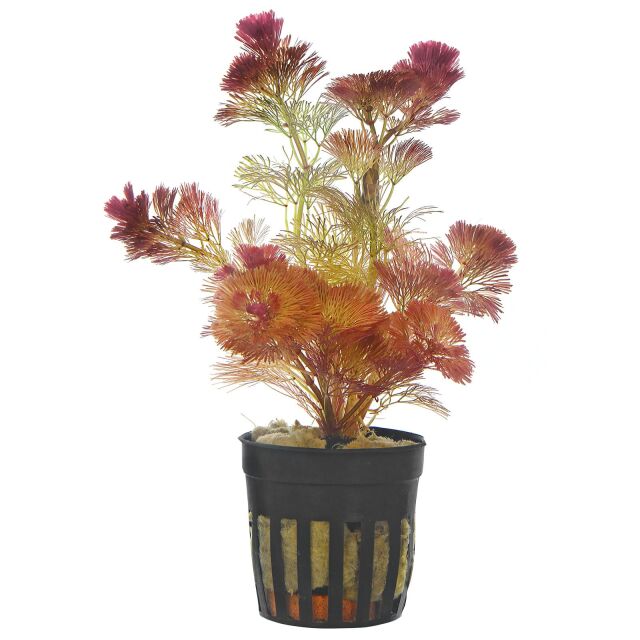
Very nice plants, two orders placed including this plant, which arrived perfectly, perfect packaging. Very well developed since, magnificent colors.

Very pretty plants, but unfortunately arrived in a terrible state, the 3 pots were totally crushed by the other plants ordered. Packaging not suitable for this type of plant. (read more)